Michael Alexander meets Anna and Richard Black whose “progressive and innovative” drive is helping to develop exciting agritourism projects at their third generation family-run farm.
Driven up the track in a 4×4 from Braeside of Lindores and arriving at the summit of Lindores Hill, it’s impossible not to be struck by the stunning views up the Tay towards Newburgh, Mugdrum Island and Perth.
Until relatively recently, the only eyes enjoying the panorama from this previously gorse-strewn north Fife hill top tended to be those of third generation Lindores farmer Richard Black and his wife Anna when tending sheep.
Today, however, Lindores Hill is the location for The Hide – a purpose built off-grid cosy cabin where guests can enjoy exclusive lunches prepared by a professional chef beside the crackle of the fire – all while drinking in the panoramic views beyond.
What inspired The Hide?
For years, the Blacks, who are no stranger to farm diversification, had been thinking they should do something with the site.
It was during the Covid-19 pandemic, however, that they identified demand from people wanting to get into the countryside and enjoy local produce while avoiding the crowds.
“It’s always been marked as the best view from the farm,” said Anna.
“There are lots of beautiful views, but it’s a spot that everybody admires when they come and visit, and it’s probably the most photographed.
“It’s off grid. There’s no water, no electric. That’s a consideration point when doing something because it would cost too much to get it all connected. But I think that’s part of its charm.”
Anna explained that the project came to fruition in December 2020.
Working with Scotia Cabins, the design brief was to host people in a hut.
They spent extra to get extensions that would accommodate a chef preparation area plus space for paraphernalia like jackets and drinks.
After sourcing wood from Glenalmond Timber, they also needed a toilet – but not any old toilet!
Inspired by the “best loo with a view in the world” they experienced while travelling in South Africa’s Cape Town, they’ve got one-way glass and binoculars to admire their own “view from the loo” up the Tay!
Who is The Hide aimed at?
Anna, who provides luxury accommodation and sporting experiences through Lindores – Stay Ride Relax, explained they’ve been learning over the last couple of years how to market The Hide, which is available via pre-planned bookings only.
There’s “local” visitors within a “one hour drive”. Some might be visiting Lindores Abbey Distillery and want to hire the venue for a “posh picnic”, bringing their own food and drink.
For those not wanting to hire a chef, a “pick and mix” menu is also available.
Increasingly, however, they are moving into the travel industry to attract more international clients at a higher price point.
Working closely with Lindores Abbey Distillery and other tourist destinations, they are trying to “tell the story of Scotland” and create more unique packages from a prescribed menu.
During the 150th Open Championship at St Andrews last summer, for example, they had a five-course taster menu with paired wines and whisky.
Gleneagles Hotel are also now sending their clients, who have the option to arrive by helicopter.
Special food and drink experiences
The Courier caught up with the Blacks as former St Andrews Seafood Restaurant head chef Neil Clark prepared a special festive meal at The Hide featuring local and seasonal produce to showcase the experience.
After a pre-starter of broccoli and Brussel sprout soup, crispy bacon and roasted chestnuts – heated over the cosy central fire – he served a starter of Shetland mussels, creamy garlic sauce, dulce seaweed flakes and sourdough bread.
The main course comprised Lindores Home Farm lamb gigot chops with red wine, rosemary sauce roasted butternut squash, red cabbage, rocket carrot pomegranate salad honey, balsamic, beetroot, feta cheese, and crushed baby potatoes.
Dessert was a delicious Lindores Abbey lowland single malt whisky marinaded clementine chocolate cheesecake stem ginger ganache.
Neil has a passion for fine Scottish food, in particular seafood and game.
As well as previously working in St Andrews, he’s a former sous chef on the Royal Scotsman Train, Gary Rhodes & Co and private chef at Cawdor Castle.
He has also lectured at Dundee & Angus College.
Anna explained it was another top chef Andrew Wilkie that got them up and running and into catering for clients.
When Covid-19 happened, Andrew lost his wedding market overnight.
He approached the Blacks and started to offer ‘dine in’ meals to guests staying in Braeside of Lindores’ luxury lodges.
Andrew worked closely with them to craft a pick n mix menu for The Hide and, as business grew, they were able to hire a third chef, Neil Harris.
He’s predominantly been working at Ballintaggart in Highland Perthshire.
He has a passion for foraging and also creates incredible lunch experiences.
Working with Lindores Abbey Distillery
Another important dimension to the business is its working relationship with Lindores Abbey Distillery. The distillery’s Russian directors announced in March they’d be quitting following Russia’s invasion of Ukraine.
Centuries ago, the land at Braeside of Lindores farm would have been within the catchment of the Lindores Abbey monks, who are credited with being the makers of Scotland’s oldest known whisky.
Today, barley from the farm goes into the distillery’s whisky making production.
Thanks to the homebred Lindores Lamb being finished on draff – a “hero ingredient” which is the by-product from the whisky production – it has succulent unique flavours reputed to be from the unique diet.
Another significant development at Braeside moving forward is the construction of several warehouses which will house Lindores’ whisky casks.
“What we’d ultimately like to do,” said Richard, “is people go for a tour at the distillery, come up here, be able to see where the barley is grown, do a warehouse tour, see where the casks are stored, and then finish up at The Hide.
“They can have a meal, do some whisky tastings and go from there.
“It’s really tying in with the whole partner-farm concept. This is the farm side of what they do.”
Third generation farmers
Braeside of Lindores farm has been in the Black family since 1944 when Richard’s grandfather took it over.
The Blacks’ farm comprises 550 acres, which is split 50:50 between sheep/cattle and cereal, with a further 150 acres rented on top of that.
Richard, 40, who grew up on the farm, is a former pupil of Bell Baxter High School in Cupar and a graduate of the Scottish Agricultural College.
Anna, also 40, who grew up at Backboath Farm, Carmyllie, is a former pupil of Dundee High School who studied business at Edinburgh University and went into banking.
The couple, who married in 2009, have been running the farm since 2012 after returning from travelling.
They now have two children – Rosie, 10 and Alistair, 7.
However, they laugh about how they met on a potato roguing course at Elmwood College in Cupar, aged 17, before they started dating.
“We used to be able to identify 45 varieties of potato and 25 diseases from a leaf, which is quite a talent!” said Anna, laughing.
While the working farm continues, it’s their personal drive to be “progressive and innovative” and to make best use of the farm’s assets that’s seen these other layers of the business develop.
That ranges from the equestrian cross-country centre set up by Richard’s mum in 1989 and run by Anna since 2014, to Braeside’s four self-catering holiday homes and now The Hide.
“We’re here to help showcase Scottish scenery, food, farming, whisky, people and history,” added Anna.
“With the River Tay, Perthshire, Angus and Fife as our backdrop ‘wallpaper’ we’re proud of the setting.
“A place that William Wallace defeated the English in the Battle of Blackearnside.
“Wallace then rested in the Lindores Abbey which we overlook from Lindores Hill.
“We love sharing in an authentic way – by sight, touch, smell and taste – how Scottish farming systems produce quality meat.”
Richard added: “You hear a lot of sob stories that ‘we needed to do this because we were in financial trouble’.
“It’s not that at all. We just want to grow the business.
“With the distillery, we saw an option there to work with these guys.
“From a farming perspective it’s great because we are always complaining because we’re not really got much control over selling our produce.
“But the fact I know my barley is going a few miles down the road to create a fantastic product is great.
“We’ve got some control over that and it’s lovely to see that end product.
“And obviously that’s then got the offshoots – we’re taking the waste product, the draff back from there to feed the livestock.
“You’ve got that circular economy. Now the warehousing as well, which helps to reduce the carbon footprint of the distillery.”
Importance of sustainability
As participants in a Rural Leadership Programme, sustainability is important to the Blacks.
They’ve been learning about how to build businesses that support the wider rural economy and communities.
Their efforts fit with the objectives of Scottish Agritourism to have 50% of agritourism businesses offering food to consumers by 2030.
From a farming perspective, Richard has also been planting hedgerows, creating wildlife corridors and working with other farmers on agriwildlife schemes.
But while rising labour and material costs, and the changing political landscape is probably the hardest thing when planning, Richard said there’s also “huge amount of opportunity” that outweighs any negatives.
To find out more, go to www.lindores.co.uk
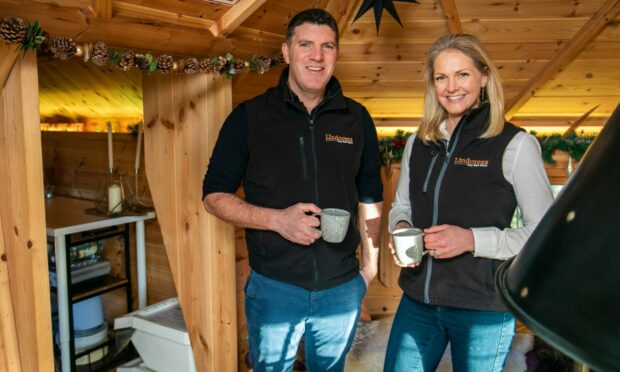








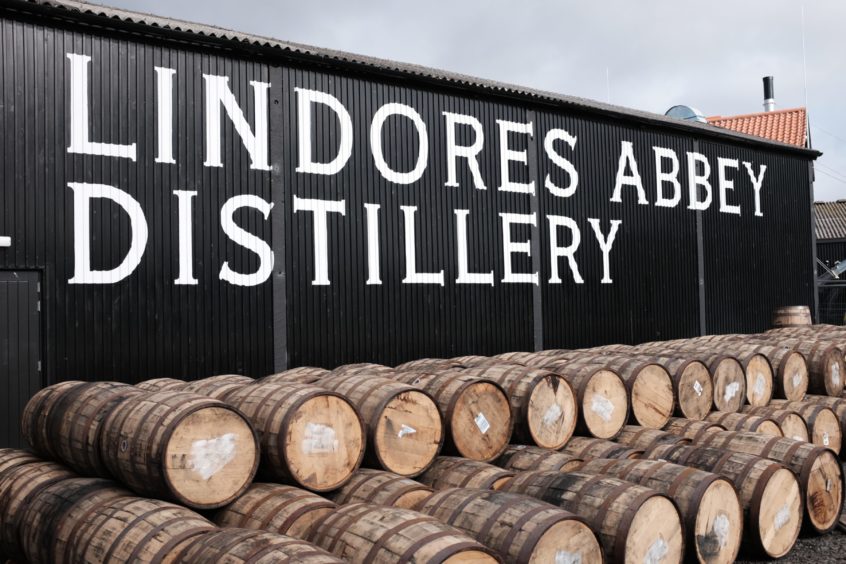

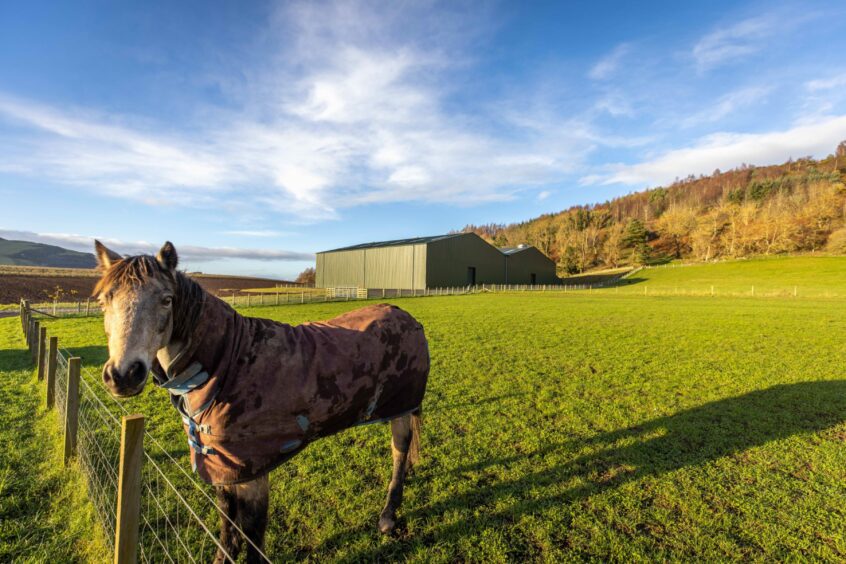
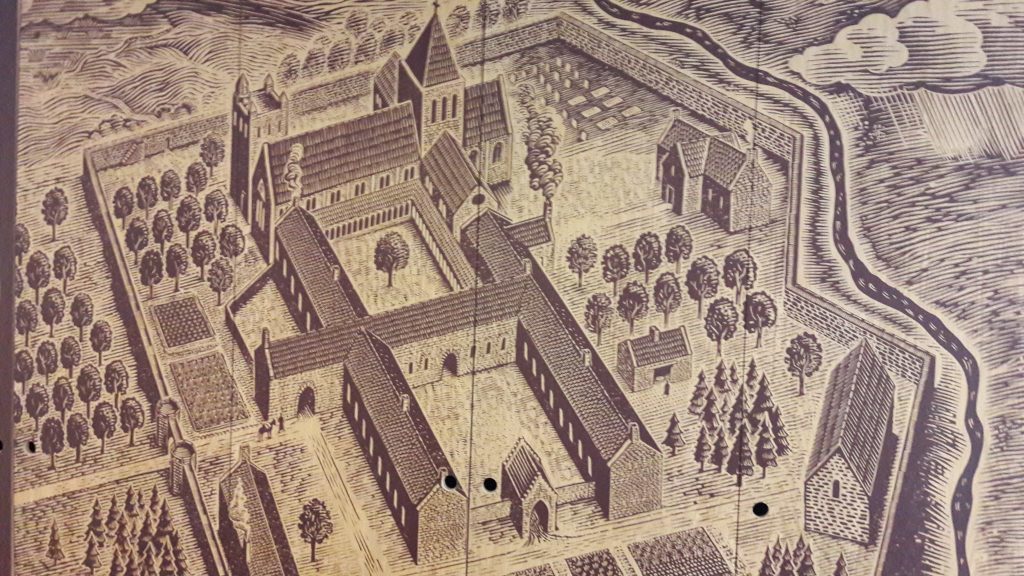
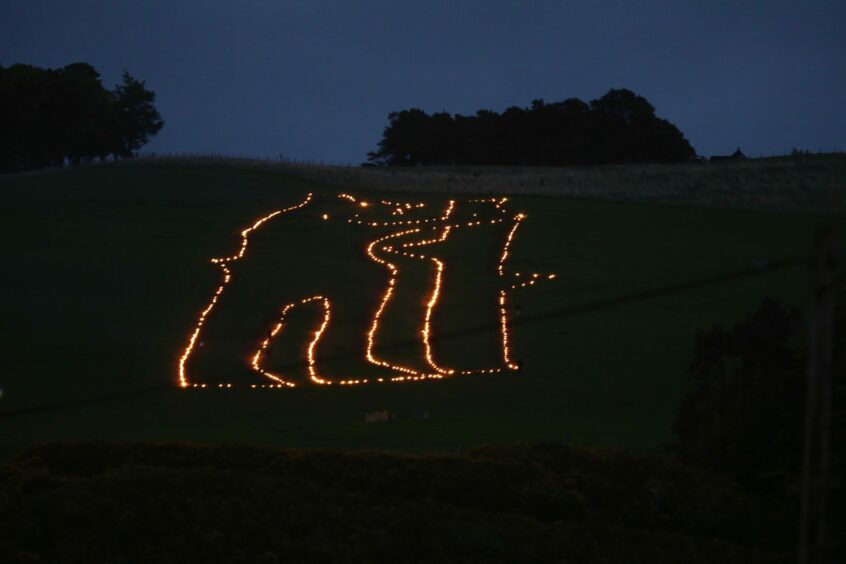

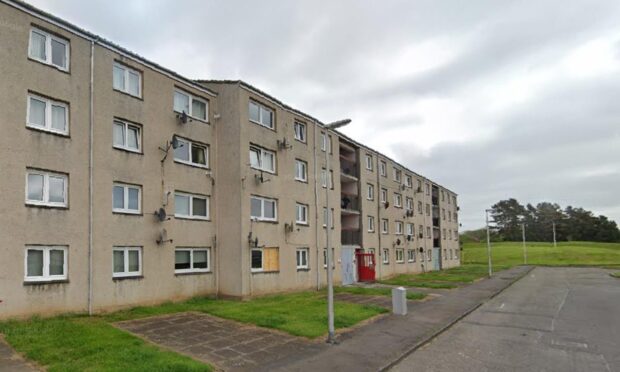
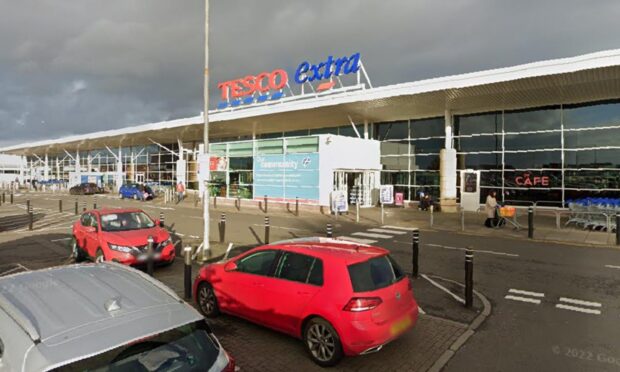

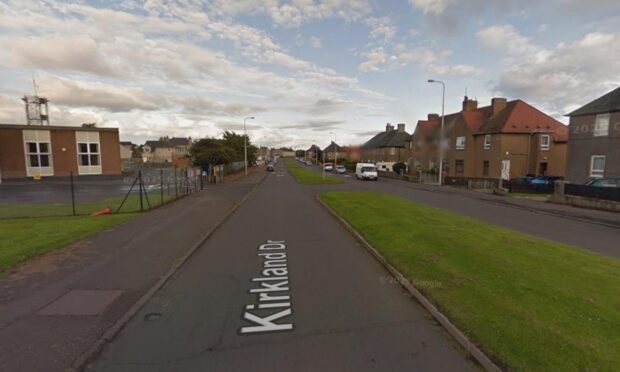

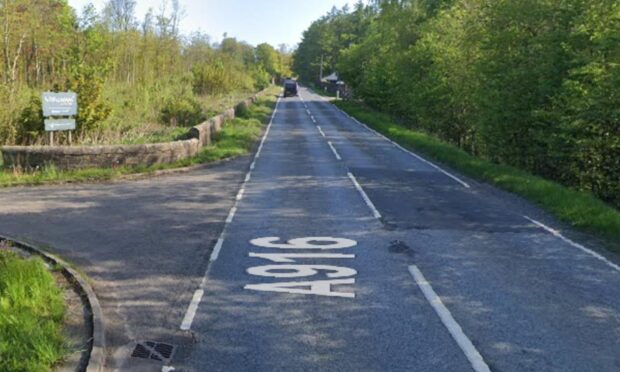
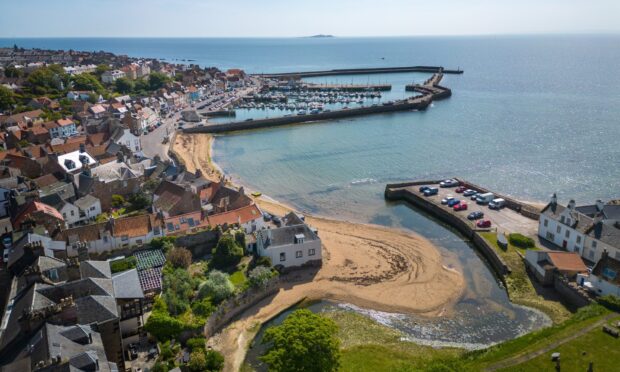

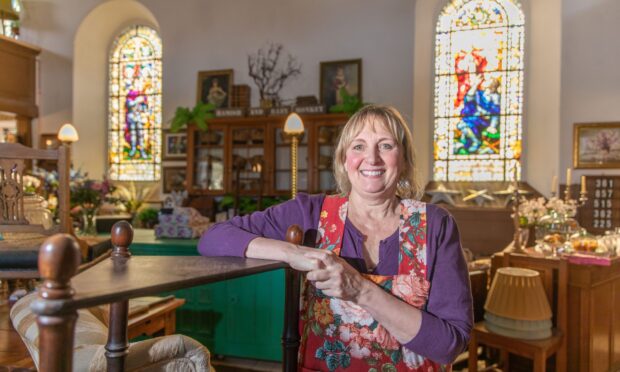

Conversation